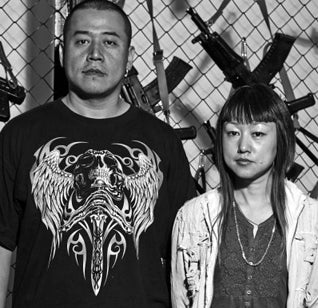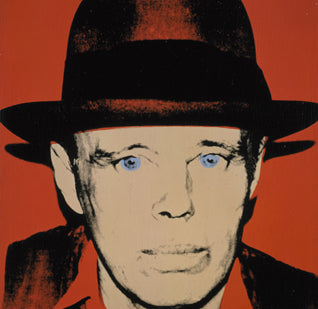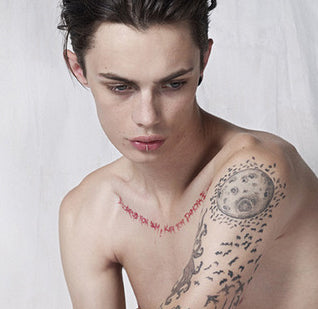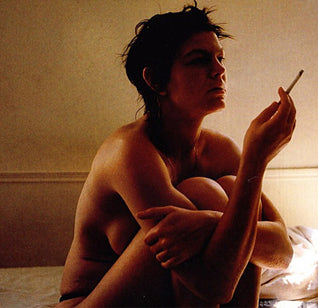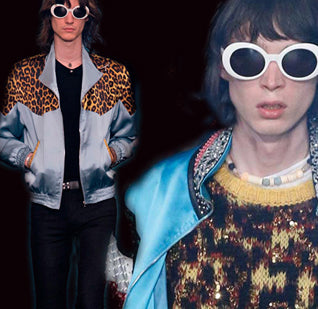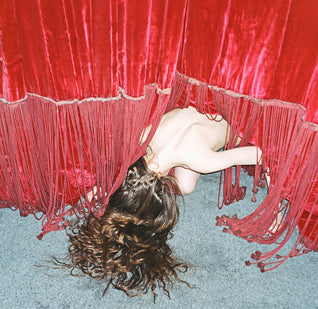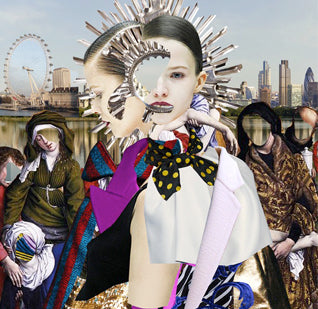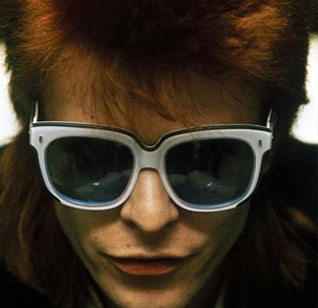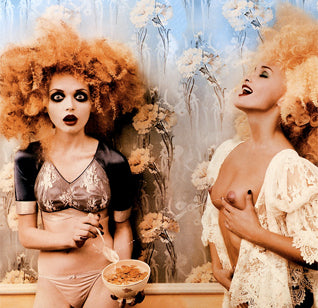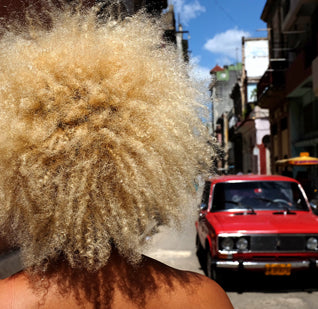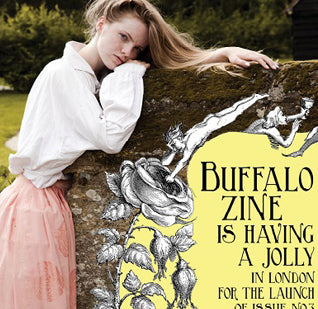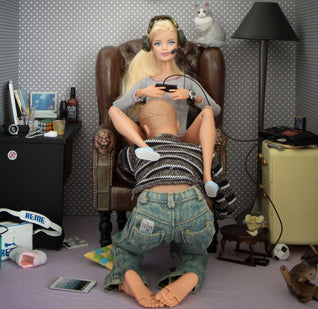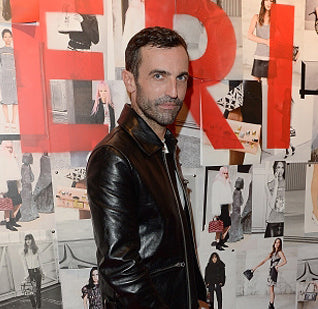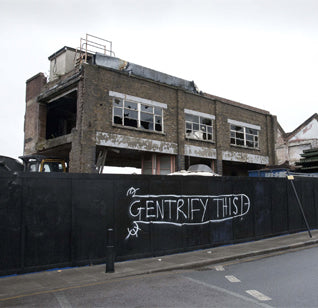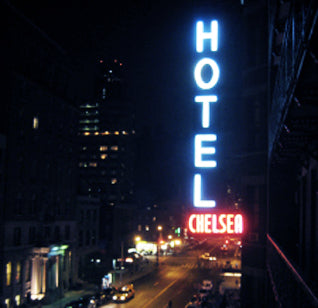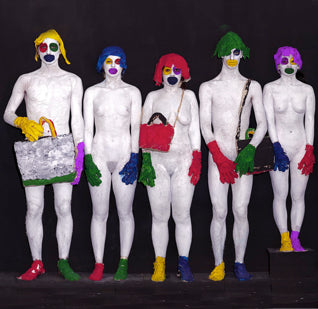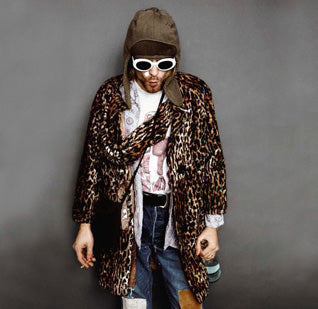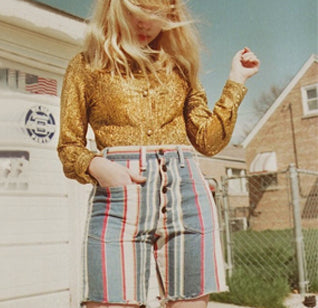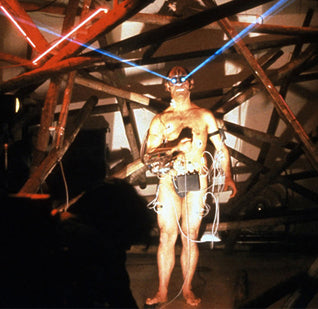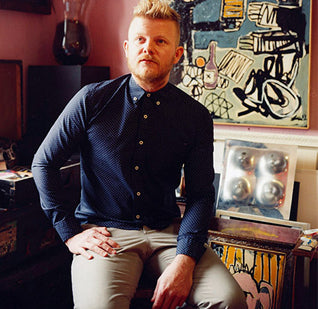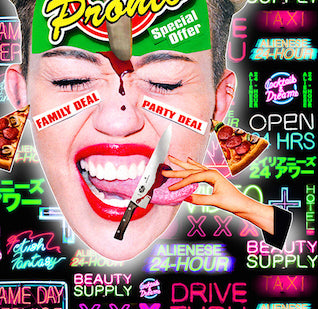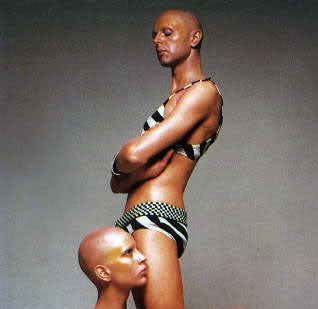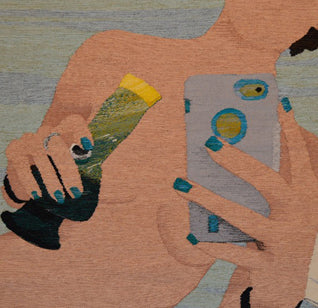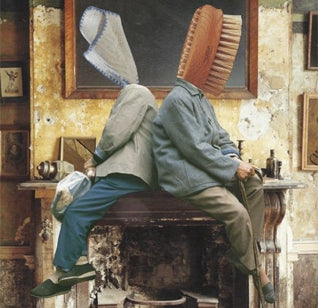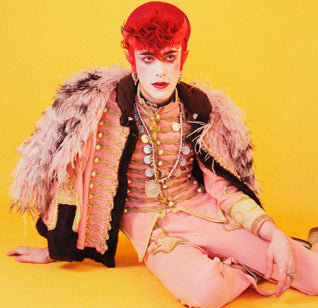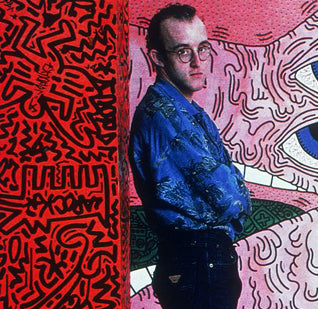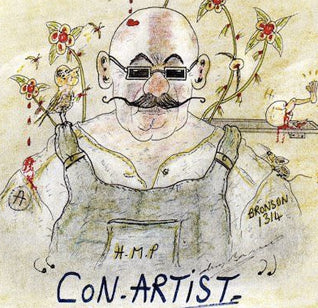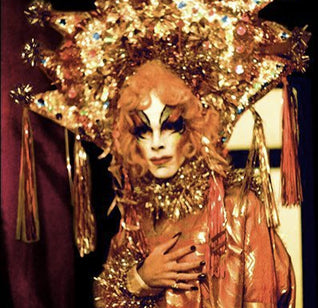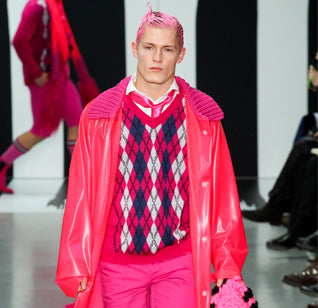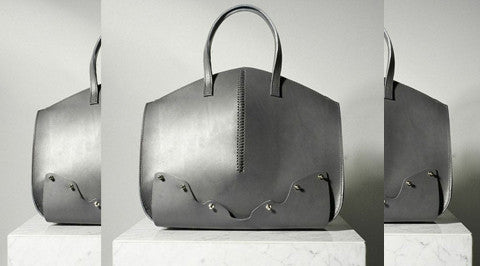JOSEPH BEUYS: I LIKE AMERICA AND AMERICA LIKES ME
What we can learn from artist about race relations and how to heal a nation
by Peter Yeung
In May 1974, the visionary German artist Joseph Beuys flew into New York City’s John F Kennedy International Airport and was immediately taken by ambulance to a room in West Broadway’s René Block Gallery. But he was not ill, or even in pain. Carried by stretcher, which was covered in his signature layer of felt, Beuys shared this solitary space with a coyote – a wild beast, often considered to represent America’s untamed spirit – for three days. It was a performance, entitled I Like America and America likes Me, taut with caution (the animal at first was erratic, and tore apart a blanket in the room), but one that was ultimately a success: the coyote grew tolerant, accepting, simply through Beuys’ desire to heal.
It’s a potent, profound image, and one that today is as prescient as ever. The United States of America is in a troublesome situation as a declining global power, having to now deal with the failings of modernity and late capitalism. The Ferguson unrest towards the end of 2014 exposed the cavernous divide between large swathes of the population, namely the disenfranchised African-American community and the militarized, white police force. This rippled once more recently, in Baltimore, when the murder of the 25-year-old Freddie Gray by aggressive police officers led to impassioned protests and widespread havoc.

Joseph Beuys was a master of compelling performance pieces; he regarded teaching as an essential element of his work as an artist.
The reason for this conflict, although complex in its nature, is to do with difference. Rather than embracing what is unknown, American society has tended towards fear and rejection of it. But this is exactly what Beuys, a man who grew up in the surroundings of the Hitler Youth, the Berlin Wall, the Luftwaffe and World War II, was battling against. For him, art had the power to transform society. “Art alone makes life possible,” he once declared, taking a step on from the pure conceptualism of Marcel Duchamp. “Every man is an artist.”

Joseph Beuys arrivals by stretcher covered in felt for his performance: I Like America and America Likes Me, 1974.
As mystical, otherworldly and absurd as Beuys may at times appear – one of his most famous pieces was How to Explain Pictures to a Dead Hare (1965), in which he did exactly that. The 20th century German artist, always seen to wear a felt trilby and a multi-pocketed fishing jacket, has shown a possible, harmonious future. His idea of the gesamtkunstwerk, a social sculpture and artwork in which anyone can be involved, opens the door for an open, participatory society. Only through an effort and desire to heal, he would argue, can we eradicate fear and stereotype: but it’s as simple as spending time together.

In 1974, Beuys spent three days in a room with a wild coyote for his performance, I Like America and America Likes Me.

Beuys’s felt blankets, walking stick and gloves became sculptural props throughout the Action.


Fifty new copies of the Wall Street Journal were added to the closed space, which the coyote acknowledged by urinating on them.
Beuys’ preoccupation with fur and fat supposedly stems from his time as a fighter pilot during the war, when his plane crashed on the Crimean Front – the local Tartars covered his body in fat and wrapped him in felt in order to keep him warm – and it underpins his idea of the artist as a shaman. During the period of the 1950s to the early 1980s, Beuys demonstrated how art might originate in personal experience yet also address universal problems and topical issues of the day. Beuys' work, through a certain openness, signals a new era in which art has increasingly become engaged with social commentary and political activism. Even Andy Warhol, acknowledging the significance, made a screen print of him.

Beuys regularly performed the same series of actions with his eyes continuously fixed on the coyote. At other times he would rest or gather the felt around him to suggest the figure of a shepherd with his crook.


The coyote’s behavior changed throughout the three days, becoming sometimes cautious, detached, aggressive and then friendly. At the end of the performance, Beuys was again wrapped in felt and returned to the airport.
When Beuys visited New York in the 1970s, with stinging relevance today, he renamed the World Trade Centre twin towers after the Greek healing saints Cosmas and Damian, who are said to have transplanted black limbs on to white patients and white limbs on to black. Only through art can these powerful, symbolic gestures be made now. Beuys encouraged us to love the abnormal, preferring an all-encompassing grounding in humanity; in real people and their lived experiences. In order for modern America to love itself, it must learn from Beuys, and embrace today’s coyote.

